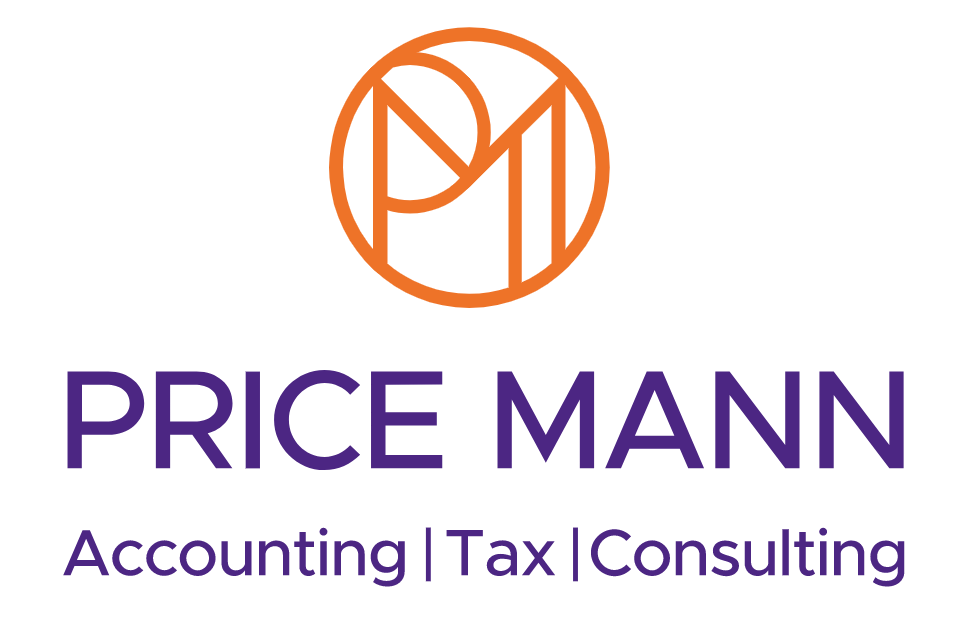Utilising your pension to cut inheritance tax
Utilising your pension to cut inheritance tax
Pensions usually fall outside of your estate.
Inheritance tax was thought to be ripe for reform in last year’s Autumn Budget but, as it happened, it was left untouched for another tax year.
What that means is the £325,000 nil-rate band has been in place since 2009, while the 40% standard rate of tax that can apply on any amount above that figure goes back even further than that.
This form of death duty is levied on our estates, which consist of any property, money and possessions.
While we don’t pay it ourselves, it can take a sizable chunk out of what your beneficiaries receive, especially if you are not in control of your estate.
There are many estate planning strategies, ranging from using ISAs and trusts to writing a legally-valid will and making potentially-exempt transfers, all of which we can help you with to form a comprehensive plan.
Another one of these tactics involves using your pension to reduce the value of your estate, ensuring you leave more of your wealth to your loved ones rather than HMRC.
Failing to do this, particularly if you have an estate worth more than £500,000 including your main residence, or up to £1 million if you’re in receipt of your deceased spouse’s full unused entitlement, leaves the door open for the taxman.
Fail to plan is planning to fail
It is easy to ignore inheritance tax. Some people think it’s only aimed at wealthy people, while others mistakenly believe they can take their money with them when they die.
Every individual in the UK has an inheritance tax-free threshold of £325,000. If your estate is worth more than this figure, tax can apply at 40% on everything above this threshold.
Indeed, between April and December 2021, HMRC had collected £507.7 billion – £114.1bn more than the same period a year earlier – although coronavirus-related deaths offer a big caveat
Property is one of the biggest assets that forms part of your estate, and the average price of a UK house was £252,687 in November 2021 – almost 15% higher than March 2020 when the COVID-19 crisis started.
And with both the nil-rate band and the residence nil-rate band frozen up to and including the 2025/26 tax year, it’s easy to see how more and more people will be dragged into inheritance tax’s net over the coming years.
Taking charge of planning your estate has arguably never been more important if you wish to pass on as much of your estate as possible to your loved ones.
What happens to your estate?
Depending on the total value of the assets you own when you die, your estate might be liable for inheritance tax.
The amount of inheritance tax HMRC will collect on behalf of the Treasury will vary, according to the total value of your estate and who your beneficiaries are.
Put simply, inheritance tax won’t apply if you have an estate worth less than £325,000. However, if your estate is worth more than this but you leave everything to your spouse, civil partner or a charity, inheritance tax also won’t apply.
But if you want to leave your estate to direct descendants, such as your children or grandchildren, inheritance tax could apply.
You might be able to leave them your family home as the residence nil-rate band (worth £175,000 per person in 2021/22) helps you to pass on your main residence.
For example, if your home is worth £1m, it’s possible to let your children inherit it without paying inheritance tax, assuming you have no other assets.
With house prices soaring, even the family home allowance is starting to look less than generous in many parts of the country. The good news is, however, your pension could help you cut your potential inheritance tax bill.
How your pension can help
Pensions usually fall outside of your estate for inheritance tax purposes. If you’ve ever nominated a beneficiary to inherit your pension, the pension will not form part of your estate.
As pensions are excluded from the calculation of whether your estate is worth £325,000 or more, the level at which inheritance tax typically becomes payable, they are a tax-efficient estate planning strategy.
Secondly, the pensions system can make it straightforward to pass on certain unused pensions to your beneficiaries, especially if you hold defined-contribution or money-purchase pension plans.
Finally, if you die before your 75th birthday, your nominated beneficiaries are entitled to all of the money with no tax to pay. If you die after age 75, they will still get the cash, but they must pay income tax at their marginal rate. The rules do change in certain situations, so please do check with us.
If you were to use your pension savings to purchase an annuity – an insurance contract paying you a regular income for life or a specified period – you might be able to pass on cash to the people or causes closest to your heart.
The annuity must be set up in the right way when you buy it, selecting options which allow you to pass on payments in the form of income or a lump sum. If this is not done on your death, no further payments will be made.
Annuity rates are determined by the Bank of England’s base rate of interest – which remained at 0.1% from March 2020 before increasing to 0.25% in December 2021 – and competition among insurers, while offering measly returns.
You could potentially reduce any inheritance tax liability by leaving your pension untouched and funding your retirement with other assets that do form part of your estate.
Getting some expert help
If you’re married, you leave your estate to your surviving spouse and you are the first partner to die, no inheritance tax will apply. If your nil-rate band has been unused, your partner can transfer the unused balance and add it to their own, up to a value of £1m.
However, if you have left bequests to others (and lifetime gifts made within seven years of death), your estate might attract inheritance tax if it's large enough and may use up some or all of the nil-rate band.
As you can see, the rules affecting inheritance tax are complex and getting the details absolutely right is essential. Your wealth and the future of your beneficiaries after you have gone are too important to be left to chance.
We can provide expert assistance to help you minimise inheritance tax, not just by using your pension, but with detailed estate planning to take full advantage of all the strategies.













